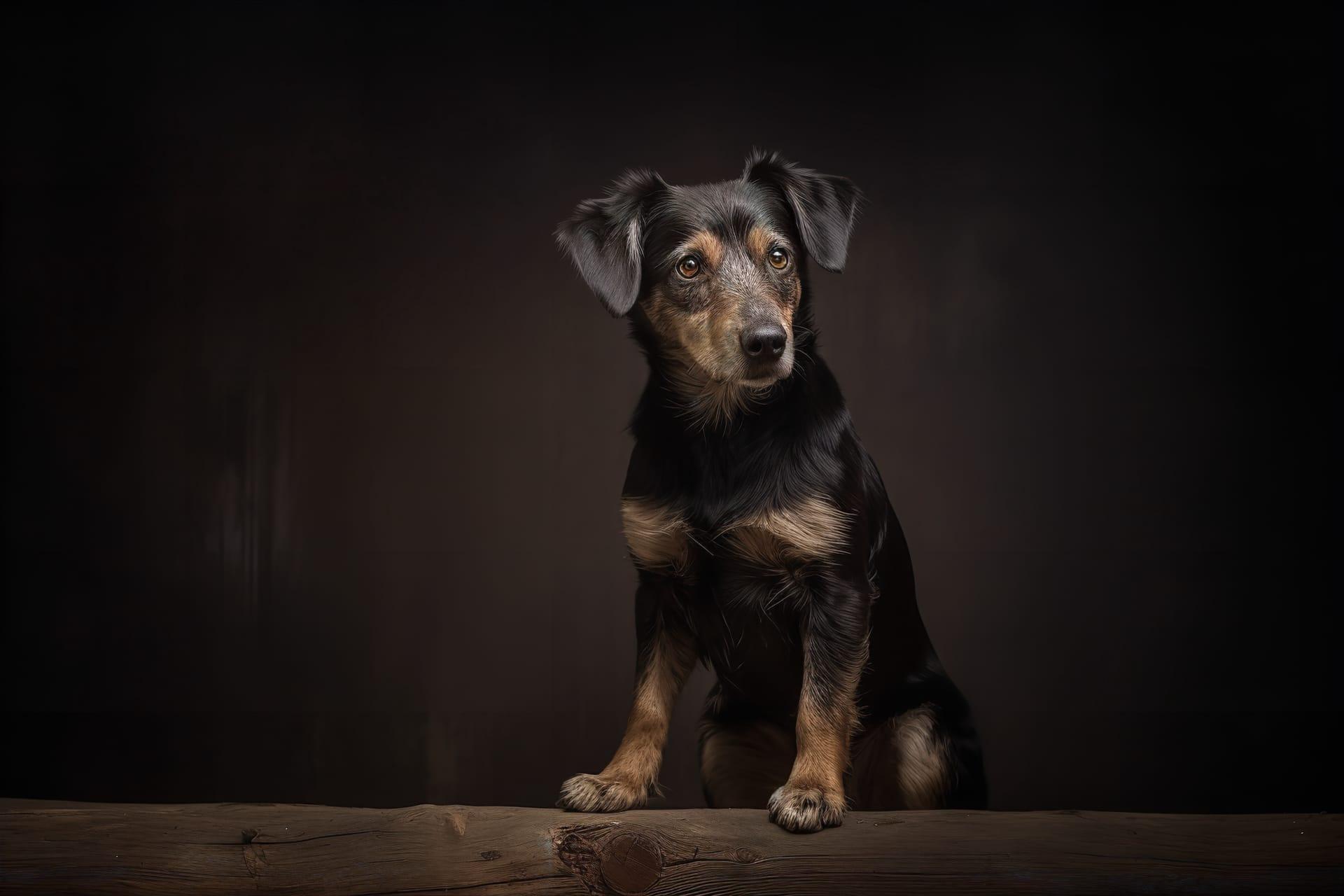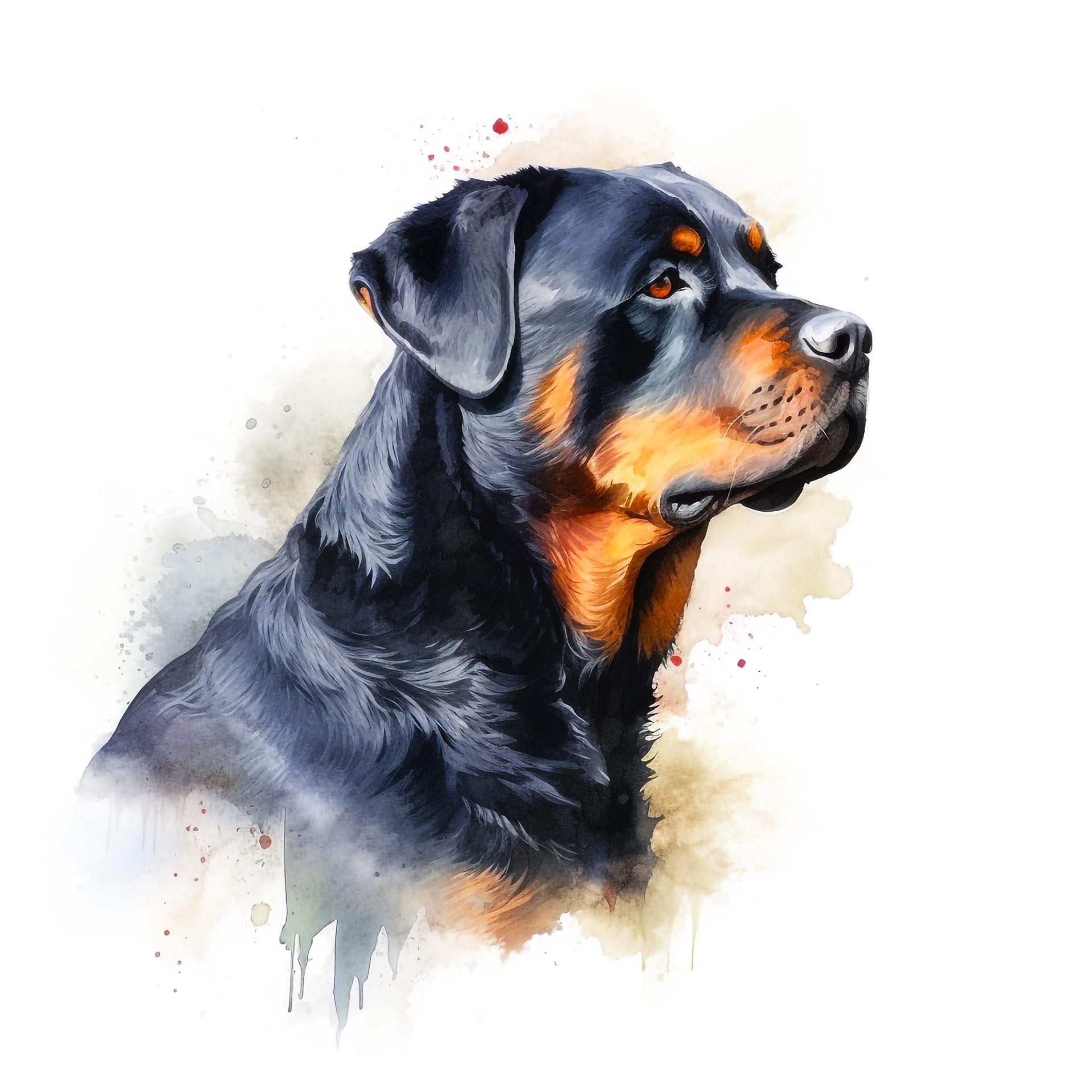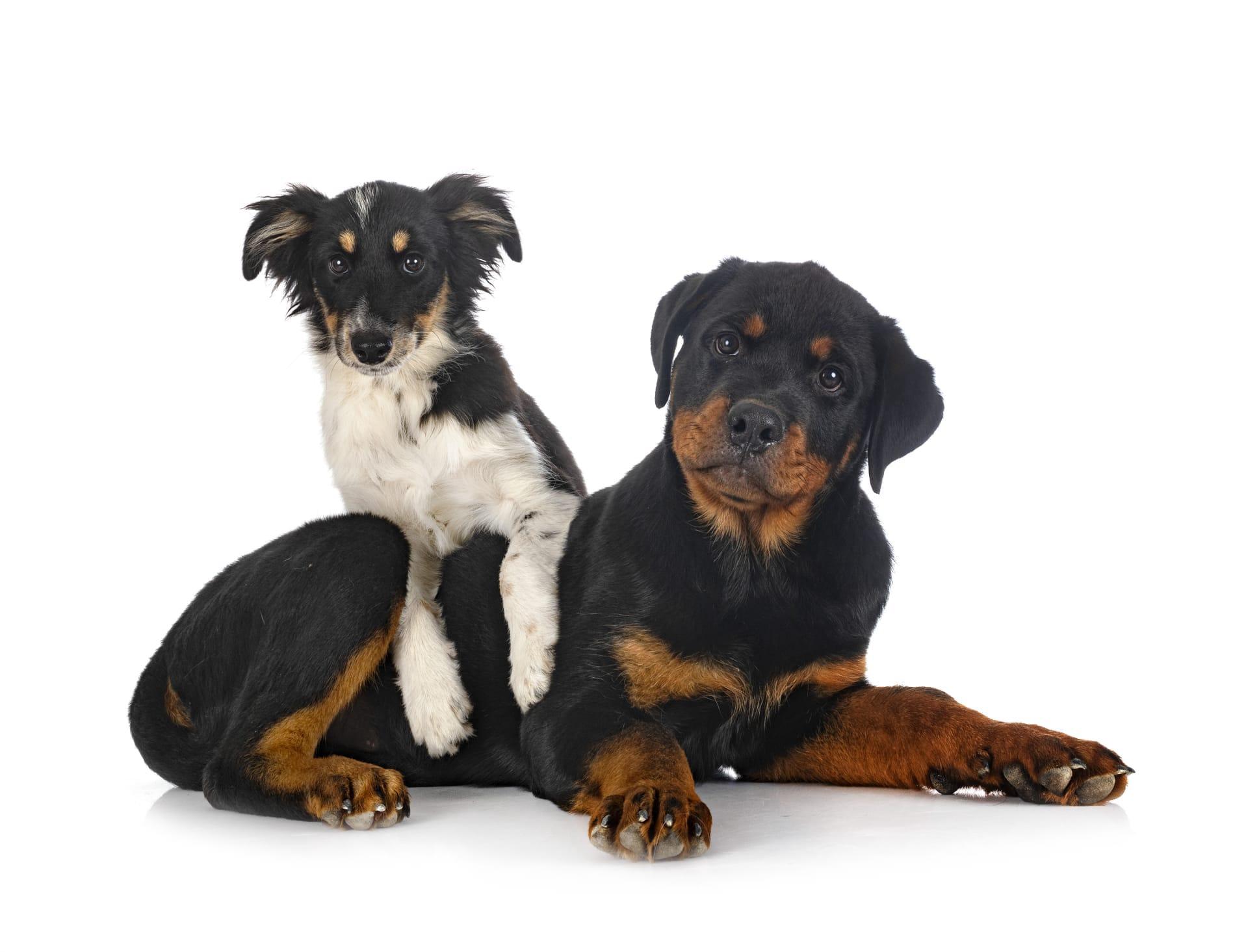Rottweiler Characteristics
- Home /
- Mini Encyclopedia /
- Animal /
- Rottweiler Characteristics
1
Rottweilers boast a robust and muscular physique, making them one of the more formidable breeds in the canine world. Typically, males stand tall at about 24 to 27 inches at the shoulder, while females are slightly smaller, measuring 22 to 25 inches. When it comes to weight, a healthy adult Rottweiler might tip the scales anywhere between 95 to 135 pounds, showcasing their solid and sturdy build. As for their lifespan, these dogs often enjoy a life filled with tail wags and adventures for about 9 to 10 years, though some have been known to reach the ripe age of 12 with proper care and a dash of good genetics.
The Rottweiler's jaw is a standout feature in their anatomy, known for its formidable strength and precision. This isn't just about delivering a powerful bite; it's about the nuanced way Rottweilers use this strength. Their bite force can be impressive, estimated to be around 328 pounds per square inch (PSI), which is a testament to their historical roles in herding livestock and serving as guard dogs. This jaw strength, combined with their keen sense of control, allows them to hold onto objects firmly without causing damage, a trait that was invaluable in their past work roles.

2
Question: What is the best way to train a Rottweiler to ensure it becomes a well-behaved and sociable pet?
Answer: Training a Rottweiler requires a blend of firmness, consistency, and positive reinforcement. Starting from a young age, socialization is key; exposing them to various people, animals, and environments can help mold a well-rounded character. Utilizing rewards such as treats, praise, and playtime when they follow commands can encourage good behavior. Due to their intelligent and sometimes willful nature, it's important to establish clear leadership and boundaries. Regular, structured training sessions that challenge both their mind and body will keep them engaged and prevent the development of undesirable behaviors.

3
Rottweilers are known for their need for regular exercise to maintain their physical and mental health. An ideal routine includes at least one to two hours of physical activity daily, which can be divided into walks, play sessions, and training exercises. They excel in activities that challenge them physically and mentally, such as obedience, tracking, and agility drills. It's important to engage them with tasks that fulfill their instinctual drives, keeping them both happy and well-behaved.
When it comes to feeding, Rottweilers do best on high-quality dog food that's appropriate for their age, size, and activity level. Adult Rottweilers typically eat about 4 to 10 cups of dry dog food per day, split into two meals to reduce the risk of bloat, a common health issue in large breeds. Their diet should be rich in proteins and fats to support their muscular build and energy needs, with careful monitoring to prevent obesity, which can exacerbate health problems like joint issues and heart disease.

4
Rottweilers are adaptable creatures, thriving in various environments as long as they have enough space to move around and engage in regular physical activity. They can live happily in both rural and urban settings, provided they have a secure, sizeable yard to roam. Indoors, they're calm and composed, but they require sufficient daily exercise to prevent boredom and destructive behavior. Their thick coat offers some protection against the cold, but they should always have access to shelter and warmth.
Rottweilers reach sexual maturity between 1 and 2 years of age, with females typically coming into their first heat cycle around 6 to 12 months. They have a breeding cycle of about every 6 months. A healthy female can have a litter size ranging from 6 to 12 puppies. Responsible breeding practices include health screenings for genetic conditions like hip dysplasia, elbow dysplasia, and heart issues to ensure the health and well-being of both the parents and the offspring.

5
Book: "The Complete Guide to Rottweilers" by Dr. Linda Whitwam. This comprehensive manual dives deep into the heart of what it means to own and care for a Rottweiler. Published in the United States in the early 21st century, Whitwam's work is a treasure trove of insights, covering everything from the breed's history and characteristics to training, health care, and diet. It's an essential read for current or prospective Rottweiler owners, offering practical advice alongside heartwarming anecdotes.
Book: "Rottweiler: An Owner's Companion" by John Williams. Hailing from the UK and making its debut in the late 20th century, this book stands out for its focus on the bond between Rottweilers and their owners. Williams, an experienced Rottweiler enthusiast, shares his knowledge on the breed's temperament, socialization needs, and training strategies. The book is rich with detailed information on how to bring out the best in these loyal and protective companions, making it a valuable resource for anyone looking to deepen their understanding and connection with their Rottweiler.